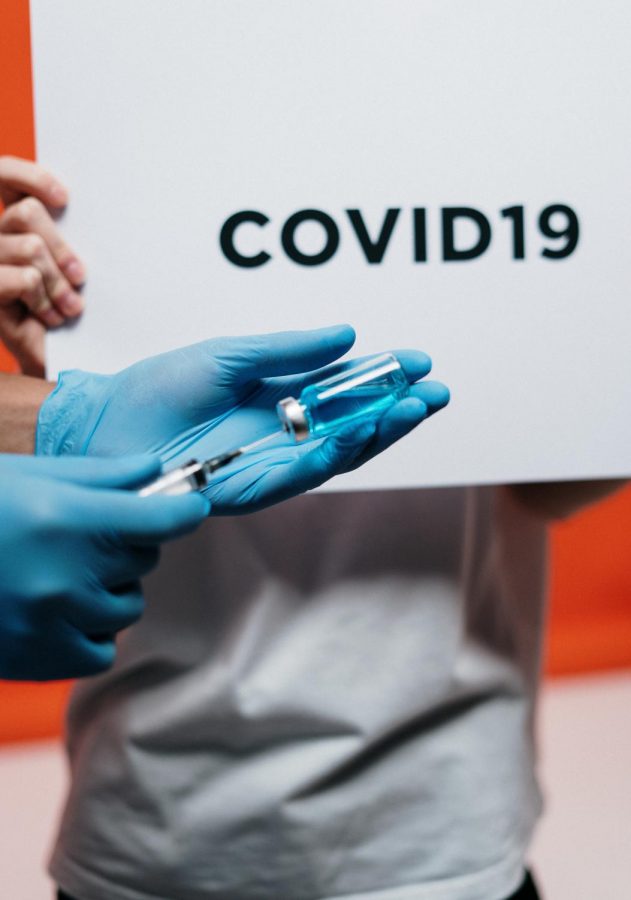The COVID vaccine: what we know so far
An artistic representation of what the COVID-19 vaccine may look like in injection form.
There has been plenty of buzz surrounding the subject of a vaccination that could save many from this threatening pandemic and possibly begin the transition of leading normal lives once again. So what does it entail exactly? Will we all be able to receive this shot? Will it have nasty side effects that come along with it? Here’s what information has been given to us so far with an inside experience to help calm your nerves.
We have been assured that all COVID vaccines are as safe as possible, with unique protocols in tow, assuring our safety. After receiving the vaccine, patients are required to remain in the office under supervision for 15 minutes in case of reaction. Even days after, vaccine recipients receive check-in calls over the phone asking for recent side effects.
To start off, there are two different kinds of COVID vaccines currently being distributed. The first being the Pfizer-BioNTech for recipients ages 16 and older and the second the Moderna for ages 18 and older.
Compared side to side, they both perform with astonishing degrees of efficacy. The Pfizer vaccine showed 95% effectiveness while the Moderna vaccine showed 94.1% effectiveness. Of course, the studies were over different periods of time and there is still a lot we don’t know but the numbers are close. Plus there’s not a chance of choosing which vaccine you receive as there is already a limited supply.
Both vaccines require a priming shot and a booster shot. Essentially, you are not 95% protected until after the second vaccine. The first shot is helping your body recognize the virus and prepares your immune system while the second shot strengthens the immune response. This is where the vaccine reaches its full potential in terms of protection. Confused yet? Don’t worry there’s more.
After receiving the vaccine there are a number of side effects one may experience. Commonly reported after-effects include chills, pain in the joints, fever, headache, muscle pain, fatigue, and pain at the injection site.
Alexis McIlmoil, a student at Wilsonville High School, is employed as a veterinary technician in Oregon City putting her in phase 1a for vaccinations. After receiving her first shot, Alexis reported experiencing severe pain in her left arm where the vaccine was injected. “It feels like I got hit really hard in one spot. It’s painful to the touch and difficult to move.” Alexis recommends performing arm exercises immediately after receiving the injection to help decrease this pain as that helped to ease hers.
While there are many known difficulties that come along with receiving the COVID-19 vaccine, it will hopefully aid billions across the world. Even with the vaccine, the use of masks is still important and former protocols will remain in place for quite some time, but this new form of protection could be our first steps back into normalcy and away from this pandemic.









